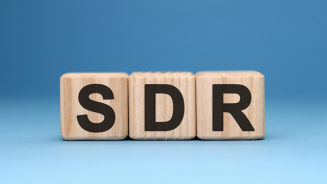Staying active
A similar picture is seen in the group’s equity holdings. In MacDonald’s view, US funds with an S&P 500 benchmark tend to be the most efficient way to get US core exposure and, as such, he is likely to use a tracker. In contrast, in emerging markets, he is more likely to use an active manager.
He says: “We will use trackers if we want to introduce a tilt or a market-cap bias.” That said, he expects 2017 will be a better year for active management after a difficult 2016, and that is reflected across the portfolios.
Smart beta funds have not yet made their way into the portfolios. MacDonald does not believe smart beta is cheap enough and he would rather get the greater potential for outperformance from an active manager.
The group has three portfolio ranges: active, passive and blended, as well as its Diversified Real Assets fund. Each portfolio range is driven by a strategic asset allocation model that comes from EValue.
The passive range simply takes the asset allocation weighting and then finds the cheapest and most accurate tracker to implement it. With the active and blended funds, there is more flexibility, though there are volatility constraints. These tactical asset allocation tilts are determined by the team.
The investment and fund selection process is the same for all three ranges: a quantitative screen then a qualitative screen with 1,500 or so manager meetings per year. The managers of the portfolios then pick from those approved funds.
Standing the test of time
About half of the fund’s performance will come through tactical asset allocation, and another half through fund selection, but this is not prescriptive.
MacDonald says: “We want consistency. We don’t want to be in a fund where the outperformance or underperformance is dictated by whether it’s the right time in the right market in the right month.
“We want funds with high conviction, not closet trackers. That means high active share and concentrated portfolios. There are any number of ways to achieve good performance but, overall, this is what we look for in funds. We would rather protect on the downside rather than gain on the upside.”
continued on the next page





